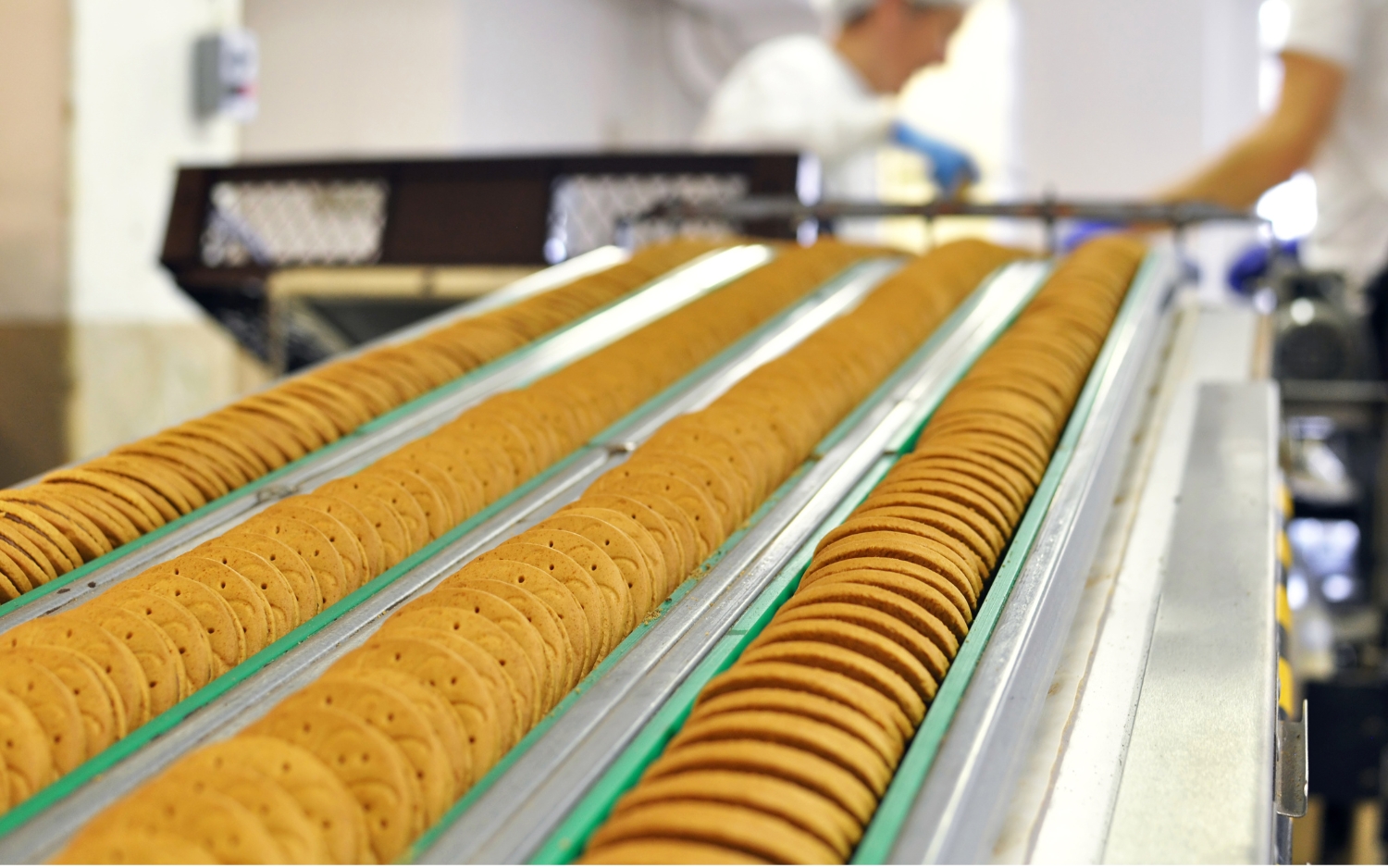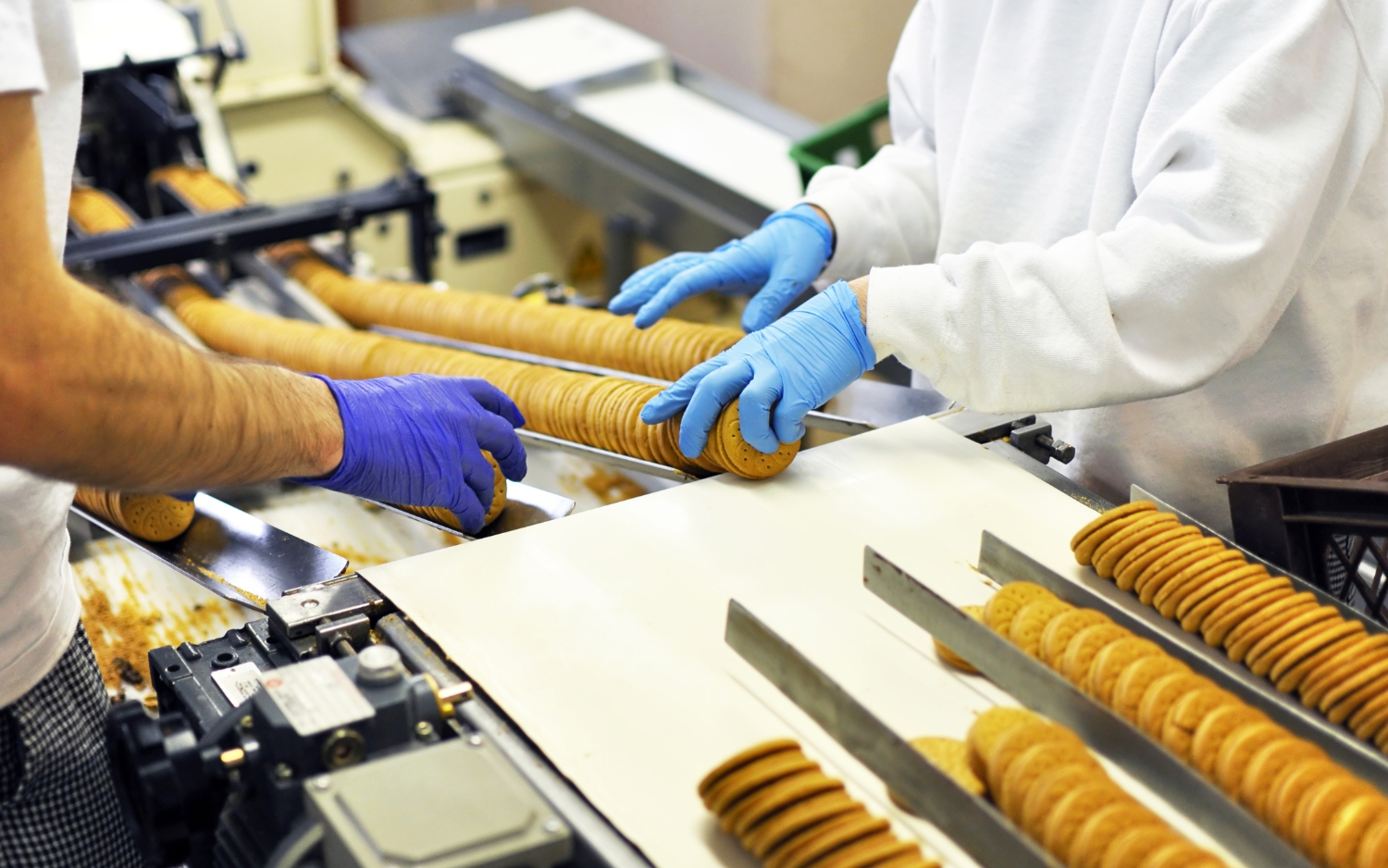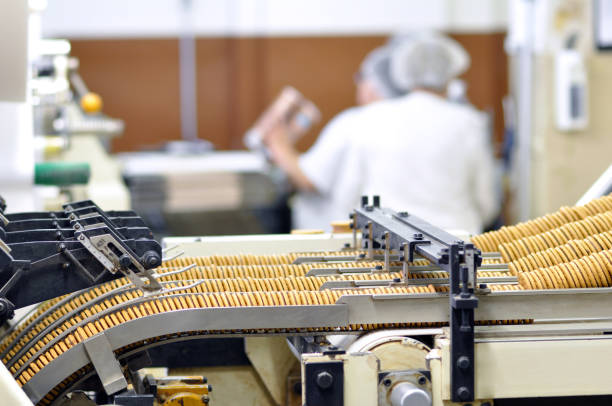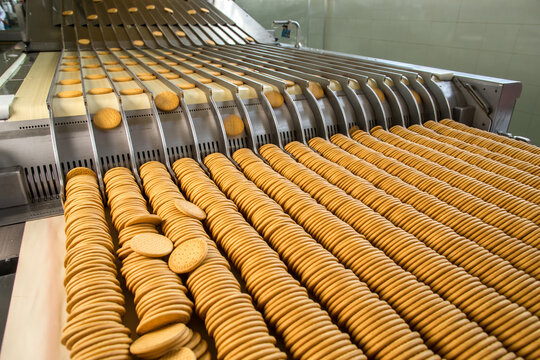Feasibility Report On Biscuit Factory
A biscuit factory is a place where biscuits are made. It’s like a big kitchen where the ingredients are mixed, baked in ovens, and then packaged to be sent to stores for people to buy and eat.



Introduction
Feasibility Report For Biscuit Factory.
The name “biscuit” is derived from the Latin word panis biscoctus, which means “twice-baked bread.” The term biscuit relates to a wide variety of flour-baked products, but it is most usually used to describe an unleavened cake or bread that is crisp and dry in nature, small, thin, and flat.
Biscuits evolved from tarts, pastries, shortcakes, and sugar confectionery, among other baking techniques. They oversaw the production of the wafer, macaroon, cracker, sandwich, snap, gingerbread, honey cake, rusk, and water biscuit. Biscuits come in two varieties. The first is either plain or savoury in flavour. The second variant has a sweet or semi-sweet flavour.
When an urbanised population demanded ready-made food goods at a reasonable price, the India Biscuits business rose to prominence and began to establish a solid reputation in the baking industry. Biscuits were once considered an ill man’s diet. It has quickly become one of the most popular fast food products among individuals of all ages. Biscuits are easy to travel, tasty, cholesterol-free, and fairly priced. The states with the largest biscuit consumption are Maharashtra, West Bengal, Andhra Pradesh, Karnataka, and Uttar Pradesh.
The most biscuits are consumed in Maharashtra and West Bengal, the two most industrialised states. The process of making biscuits is intricate and continuous. The ingredients are combined to form a dough, which is then kneaded and flattened to a consistent thickness. It is formed into biscuits and baked in a portable oven. Some biscuits necessitate special preparation and cooking processes.


To make a dough, elements such as flour, sugar, oil, leavening agents, and flavourings are combined in giant industrial mixers. The dough is then flattened to a specific thickness and cut into desired shapes using cookie cutters. The biscuits are baked in ovens at specific temperatures and times to achieve the right texture and colour.
The biscuits can be iced or flavoured once they have cooled. Throughout the process, quality control procedures are used to ensure uniformity and compliance with food safety requirements. They are sold and distributed in appealing and sanitary packaging. To create the crispy and exquisite biscuits that consumers all over the world appreciate, the entire process is continuously monitored and optimised for efficiency and flavour.
Feasibility Report Sample On Biscuit Factory



Market Strategy of Biscuit Factory

The Biscuits Market is predicted to be worth USD 117.05 billion in 2023 and USD 149.18 billion by 2028, increasing at a CAGR of 4.97% during the forecast period (2023-2028).
To succeed in such a competitive market, companies must continually differentiate their products in terms of ingredients, flavour, composition, and packaging. As a result, in the global biscuit sector, product innovation and new product development are becoming more common. The rise of the biscuit market in recent years can be ascribed to innovative products becoming more widely available on store shelves, attracting early adopters and thereby propelling the sector forward.
To differentiate their product offerings and grow their customer base, market leaders target certain consumer groups with particular interests. They make extensive use of foreign consumer trends such as organic/natural, vegan, and goods containing unusual ingredients.
The biscuit industry is being challenged by global demand for healthier snack bars. There is also an increase in demand for very nutritious snack food bars. The present consumer’s desire for improved meal replacement options drives the market for snack bars.
Even if fruit snacks and other snacks, such as yoghurt, cereal bars, and others, are considered superior options for snacking, the consumption of processed snacks, such as frozen, dried, and preserved varieties of processed fruit snacks, offends certain customers. Because fresh fruits and vegetables do not include the processed components and contaminants found in packaged snacks, people are modifying their diets to incorporate more of them.




